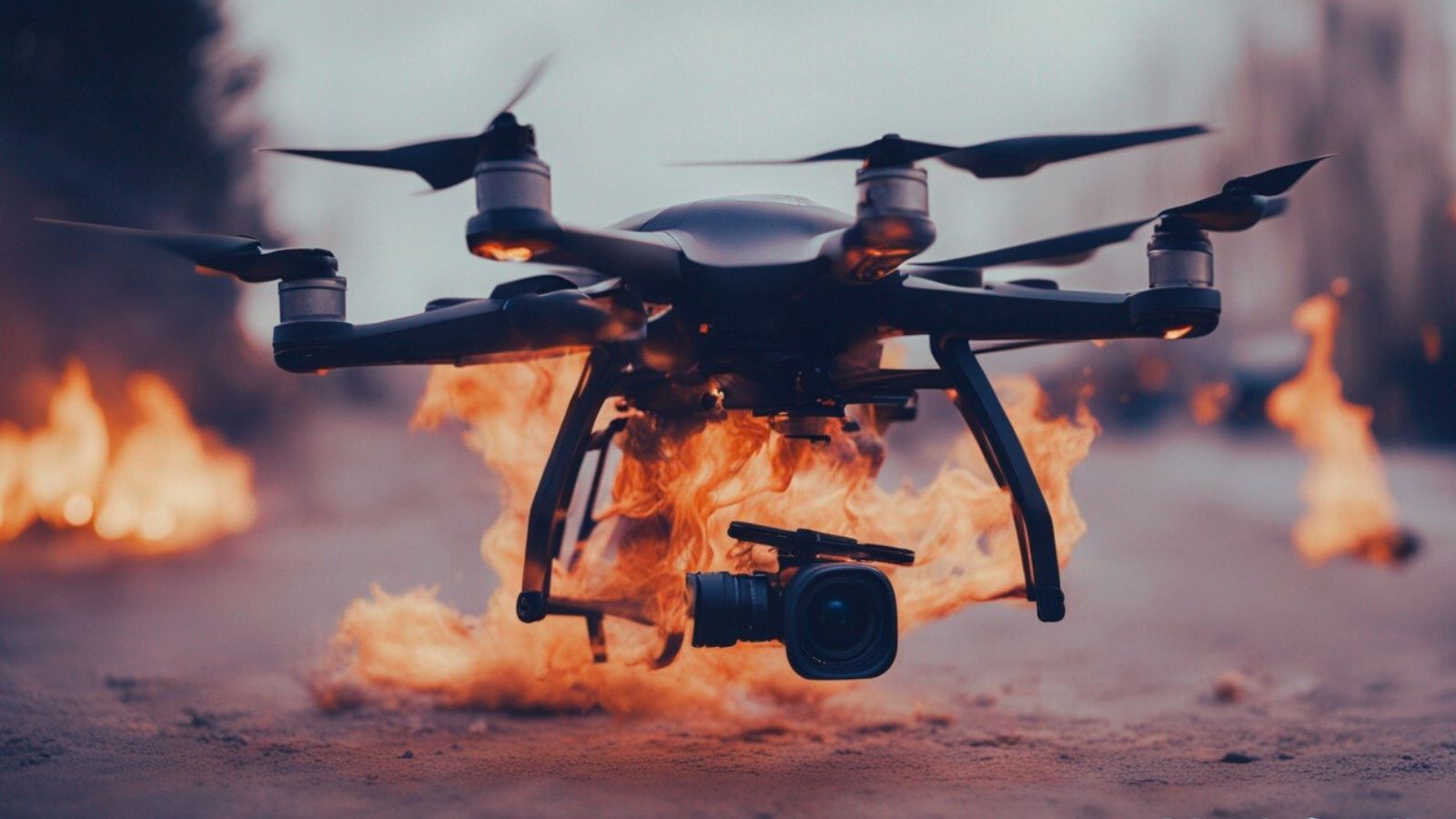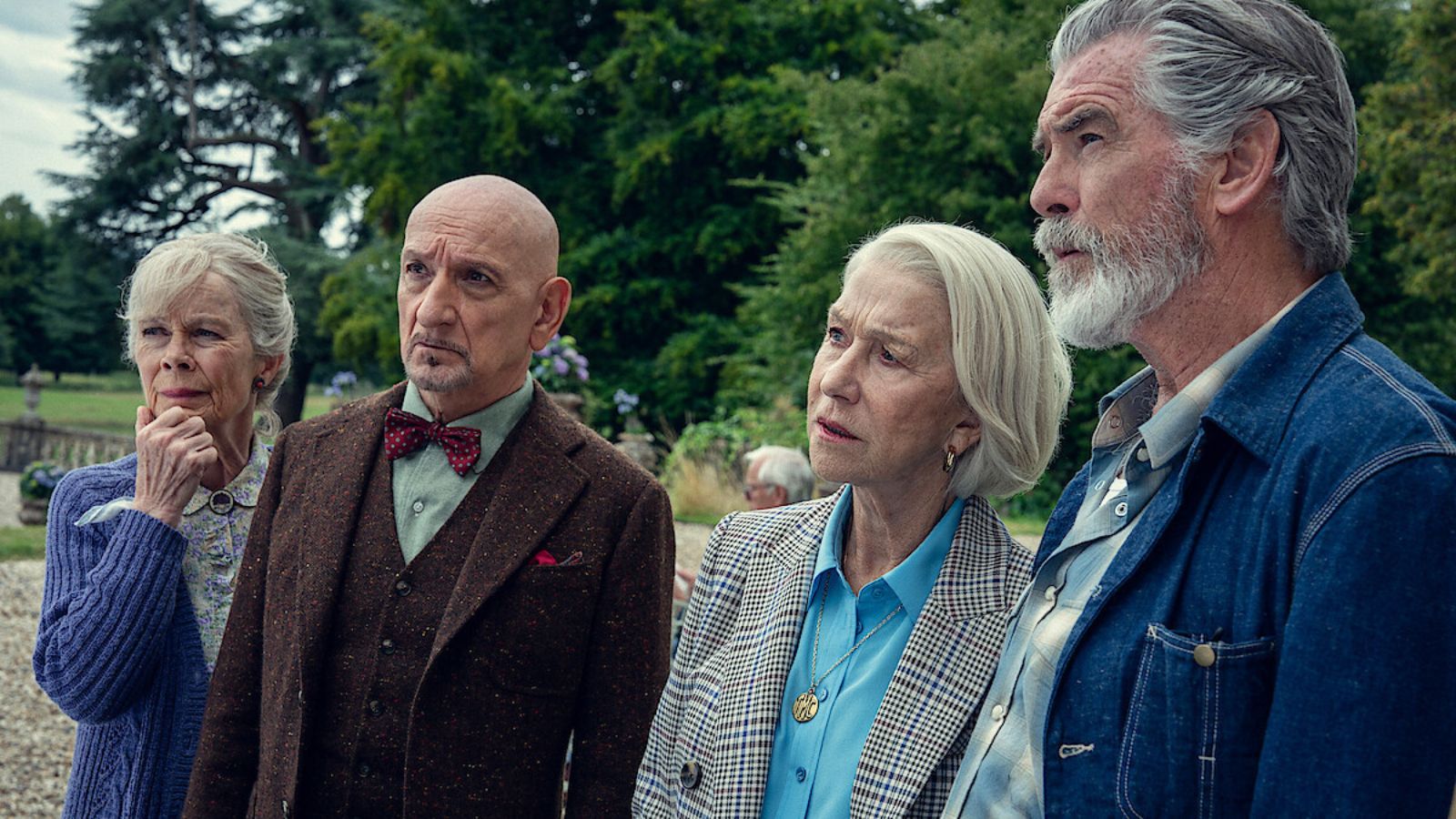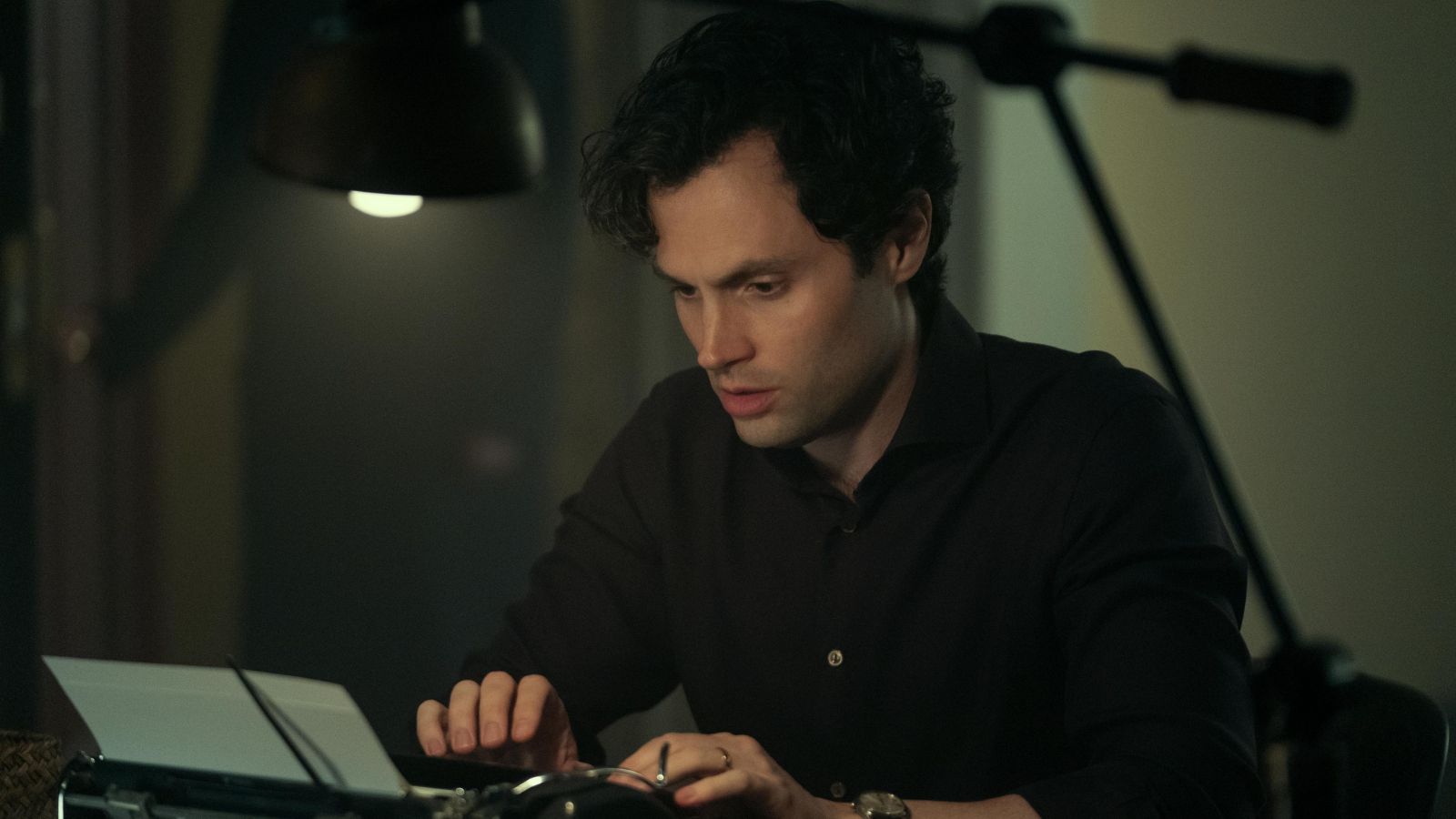
The Best Bridge Cameras to Buy in 2019 — Ultra-zoom Cameras That Can Do It All
While DSLRs and mirrorless cameras are seemingly the best options for photographers, not everyone appreciates lugging around heavy (and expensive) equipment. Modern bridge cameras can offer most features of professional cameras with a long zoom range in a single body so you are saved from the hassle of changing lenses for every scene.
Bridge cameras offer the same level of manual controls, if not more, as DSLRs are most known for their amazing lenses, which are fixed to the camera bodies. These lenses are highly versatile, though, make no mistake, and will suit everyone from close-up fans to wide angle lovers to super-telephoto fans! A bridge camera has something for everyone in one single, integrated package. You'll never need an additional accessory.
Bridge cameras might seem the perfect companion for shoots but there are certain things to be kept in mind before deciding on one. Due to the large zoom offered, there is a limit on how big the sensor size can be. Most bridge cameras offer 1/2.3-inch sensors and only recently, we are seeing 1-inch sensors. Unlike DSLRs, bridge cameras don't offer the ability to change lenses so if you need granular control, a DSLR would be a much better option.
Many professional users often carry bridge cameras as a secondary camera so that they do not have to waste time changing and configuring lenses. So you might also have to consider options such as in-body stabilization, RAW capture, and more. Low light performance is also an important factor and large sensor sizes and higher AF points help in this regard.
Taking these factors into account, we have compiled a list of the best bridge cameras in the market. So, here are the 8 best bridge cameras to buy in 2019.
1. Sony Cyber-Shot DSC-RX10 IV
- Features: a 1-inch sensor; 24-600mm zoom lens; 3-inch articulating LCD touchscreen; 2.36 million dots EVF; 24 fps continuous shooting
- Zoom: 25x Optical
- Max Photo Resolution: 20.1 MP
- Max Video Resolution: 4K 30 fps
- Dimensions (W x H x D): 5.22 x 5.02 x 3.7 in
The Sony Cyber-Shot RX10 IV is a worthy successor to the RX10 III and the new iteration features a 315-point phase detect AF system and a useful touchscreen LCD display. The RX10 IV is easily one of the best bridge cameras available in the market and it is easy to see why. This camera mimics a minimalistic SLR with reduced functionalities. The large 1-inch sensor (by bridge camera standards) offers excellent image quality without sacrificing on the zoom length. The RX10 IV can shoot video at FHD up to 240 fps or 4K up to 30 fps with a choice of bitrates. A neat addition is that you will also be able to attach an external microphone for professional audio capture. The image stabilization system works wonders as well and helps keep the footage captured at the telephoto range usable.
A good aspect of the RX10 IV is that it can capture up to 24 continuous frames in burst mode when saved as JPG. Of course, RAW capture will reduce the value significantly. Probably, the only gripe with the Sony RX10 IV would be that there is no way to use the pop-up flash for wireless control of TTL flashes. Also, those coming from other camera brands might find the Sony interface a bit unintuitive.
- Pros: Excellent for stills and video; Phase detect AF system
- Cons: Expensive; No wireless control for TTL flashes; Interface not very intuitive
2. Panasonic Lumix DMC-FZ1000
- Features: 1-inch sensor; 25-400mm zoom lens; LEICA DC lens; 5-AXIS tilt correction; Remote Wi-Fi shooting; Stunning macro shots; 12 fps continuous shooting
- Zoom: 16x Optical
- Max Photo Resolution: 21.1 MP
- Max Video Resolution: 4K 30 fps
- Dimensions (W x H x D): 5.39 x 5.16 x 3.9 in
The Panasonic FZ1000 is a fairly old camera but let that not be a deterrent in your purchase. The Panasonic FZ1000 is a powerhouse and delights with its amazing feature set. First and foremost, the camera features a very impressive zoom range varying between 25 mm and 400 mm. The camera lens has a maximum aperture of f/2.8, which measures up to f/4 at the telephoto end. The burst speed is a blazing 12 fps when you do not focus with AF and reduces to 7 fps with AF. Video recording is supported at Full HD video 120 fps and 4K 30 fps and videos turn out to be blur-free thanks to the fast autofocus mechanism. It is also possible to extract 8 MP images from the recorded 4K video. The camera also features Wi-Fi and allows you to connect your camera to the smartphone or tablet, which enables you to control your camera remotely with your iOS or Android device running the Panasonic Image app.
The camera allows image processing within the built-in software itself so you won't be needing a computer for basic edits. Videographers will appreciate the external microphone input and the hot shoe for adding more accessories. Compared to the more expensive FZ300, the FZ1000 allows for much better photos right out of the box.
- Pros: Good image and video quality; Value for money
- Cons: None as such
3. Canon PowerShot SX70
- Features: 1/2.3-inch sensor; 21-1365mm zoom lens; 3-inch articulating LCD; 2,360k dot EVF; 0cm macro shooting; 10 fps continuous shooting
- Zoom: 65x Optical
- Max Photo Resolution: 20.3 MP
- Max Video Resolution: 4K 30 fps
- Dimensions (W x H x D): 5 x 4.6 x 3.6 in
The Canon PowerShot SX70 is a great value of money bridge camera that offers most DSLR features including an interface that mimics the company's EOS line of DSLRs. The SX70 offers an upgraded image sensor (20.3 MP) over the SX60 while still offering the same zoom range of up to 65x. The SX70 is easy to handle and is not too bulky considering that it packs a fairly high zoom lens.
The PowerShot SX70 can shoot both FHD and 4K video and the video mode offers all the features applicable to stills. There is an external microphone terminal as well, which you can use to connect an external microphone to get closer to the subject for recording professional quality audio. The main problem with the SX70 is the low sensor size, which means you will have trouble in night shots and indoor photography. However, if your objective is mostly to shoot in bright light, the Canon SX70 is an excellent choice.
- Pros: Excellent zoom; Great stills and video quality in good lighting conditions
- Cons: Not really suited for low-light shots
4. Leica V-Lux (Typ 114)
- Features: 1-inch sensor; 25-400mm zoom lens; 2.4 MP OLED EVF; Wi-Fi and NFC connectivity; High-speed autofocus; 12 fps continuous shooting
- Zoom: 16x Optical
- Max Photo Resolution: 20 MP
- Max Video Resolution: 4K 30 fps
- Dimensions (W x H x D): 5.39 x 5.15 x 3.88 in
The Leica V-Lux is one of the best bridge cameras from the Leica stables. Although you won't be getting gigantic zoom lengths like some of the other cameras in this list, the large 1-inch sensor helps in taking some great photos while still accommodating a 16x optical zoom. Like other cameras on this list of the best bridge cameras, the Leica supports RAW image capture and offers extensive manual controls. The camera has a dual dial on the body: the mode dial and the drive mode dial. The latter lets you choose between the single and continuous shooting modes.
An added bonus is that the Leica V-Lux comes with a license to Adobe Lightroom software so if your workflow uses this, it might be a major reason to purchase this camera. The overall performance is excellent and with the fast AF and good image stabilization, videos turn out to be great. Just be sure to carry a charger as the battery runs out quite quickly.
- Pros: Great for stills and video; High-speed AF
- Cons: Low battery life
5. Sony Cyber-Shot DSC-RX10 III
- Features: 1-inch Exmor CMOS sensor; 24-600mm Zeiss Vario-Sonnar T lens; Super-slow motion (960 fps); Bright OLED Tru-Finder; Wi-Fi and NFC connectivity; BIONZ X image processing; 14 fps continuous shooting
- Zoom: 25x Optical
- Max Photo Resolution: 20.1 MP
- Max Video Resolution: 4K 30 fps
- Dimensions (W x H x D): 5.2 x 5.0 x 3.7 in
If you don't really need the advanced AF and shooting capabilities of the Sony RX10 IV, the predecessor RX10 III is a better choice and you will also save a few bucks in the process. The RX10 III still offers fast autofocus and the amazing 25x zoom lens. The 1-inch sensor helps it to capture good details in low-light. The camera ISO range varies from ISO 64 to a whopping 25,600 but then, do note that higher ISO ranges result in a lot of noise. You will also be able to use full manual focus and focus peaking functions in addition to focus magnification. Video recording is possible at up to 960 fps slow motion or up to 4K at 30 fps. 8 MP stills can be extracted from the 4K video if needed.
The Sony RX10 III is a great purchase for the money but it does have some limitations. The camera feels significantly heavy to use in full zoom and the menu system might seem unintuitive for some. Also, while the AF is fast, it does not match up to the more recent RX10 IV so sports action photographers would find the RX10 IV a much better option.
- Pros: Great for stills and video; 960 fps slow motion
- Cons: Heavy; Not as great as the RX10 IV for fast action shots
6. Panasonic Lumix FZ300
- Features: 1/2.3-inch MOS sensor; 25-600mm Leica DC lens; 5-axis image stabilization; Splash and dustproof body; 12 fps continuous shooting
- Zoom: 24x Optical
- Max Photo Resolution: 12.1 MP
- Max Video Resolution: 4K 30 fps
- Dimensions (W x H x D): 5.18 x 4.61 x 3.6 in
The Panasonic LUMIX FZ300 offers a fixed f/2.8 aperture throughout the entire zoom range so you can be sure of capturing excellent shots no matter the lighting condition. The only limitation because of this is that the maximum optical zoom is limited to just 24x. While the zoom range is not very much compared to many other bridge cameras in this list, the FZ300 still offers a great feature set. You get 4K video at 30 fps along with 5-axis image stabilization and a 12 fps burst speed. It is also weather and dustproof so you can take it safely on your adventures.
While the Panasonic LUMIX FZ300 offers a lot of camera for the price, there are some caveats. Low light performance still has scope for improvement and the fixed lens results in a missing extra wide angle.
- Pros: Great for stills and video; Constant aperture across the zoom range
- Cons: Low light results can still be better; Wide angle not possible due to the fixed lens
7. Nikon Coolpix P1000
- Features: 1/2.3-inch MOS sensor; 24-3000mm NIKKOR ED zoom lens; 3.2-inch 921k articulating LCD; Remote control
- Zoom: 125x Optical
- Max Photo Resolution: 16 MP
- Max Video Resolution: 4K 30 fps
- Dimensions (W x H x D): 7.14 x 5.76 x 4.68 in
If you are an astrobiologist and looking to capture the skies in great detail, the Nikon P1000 with its 125x zoom offers a telescope-like experience that is highly stabilized thanks to the built-in vibration reduction. Compared to the P900, the P1000 does offer a few improvements including a higher-resolution EVF, 4K video capture, and RAW shooting. The sensor size is small but that is what enables the humongous zoom capabilities.
Despite the smaller sensor, the Nikon Coolpix P1000 offers stellar image quality with reduced noise and a large buffer size for action shots. This makes it extremely useful for wildlife photographers.
- Pros: Largest available zoom; Excellent image quality
- Cons: None as such
8. Fujifilm FinePix S1
- Features: 24-1200mm Fujinon zoom lens; 5-axis image stabilization; 3-inch 920k articulating LCD; Water and dust resistant; Remote control
- Zoom: 50x Optical
- Max Photo Resolution: 16 MP
- Max Video Resolution: 1080p 60 fps
- Dimensions (W x H x D): 5.24 x 4.33 x 3.58 in
The Fujifilm FinePix S1 is the world's first weather-resistant superzoom camera and offers a respectable 50x optical zoom via its 24-1200 mm lens. The 16 MP sensor might seem low but the image quality is excellent with vivid reproduction of detail. The FinePix S1 offers an easy way to pair up with your smartphone or tablet and transfer images with a single touch. You can also use the smartphone app to control the camera remotely.
Compared to many other cameras in this list, the Fujifilm FinePix S1 offers comparable photo and video quality but you won't find options for 4K video recording or a mic input jack. There is also a 15-minute limitation for 1080p videos, which might be a deal breaker to some.
- Pros: Easy to use; Good image and video quality; Good battery life
- Cons: No 4K recording; Time limit for video recording; Manual focus takes forever
Final Thoughts
We hope you've enjoyed reading the article and that it helped you make a decision as to which is the best bridge camera for you. Be sure to consider your own budget and quality needs, though. Not everyone needs more than 50x optical zoom unless you are into astrophotography or shooting wildlife from a safe distance. Even if you need higher zoom ranges, you should ensure that the max aperture stays constant. Not all cameras will provide you this luxury though, for it is extremely difficult and expensive manufacturing a lens that offers the best of both worlds.
If you have any other questions or suggestions, feel free to leave us your feedback in the comments section.
Finally, we would like to ask you to share this article online. And also, don't forget to follow us on Facebook and Twitter. Thanks!











